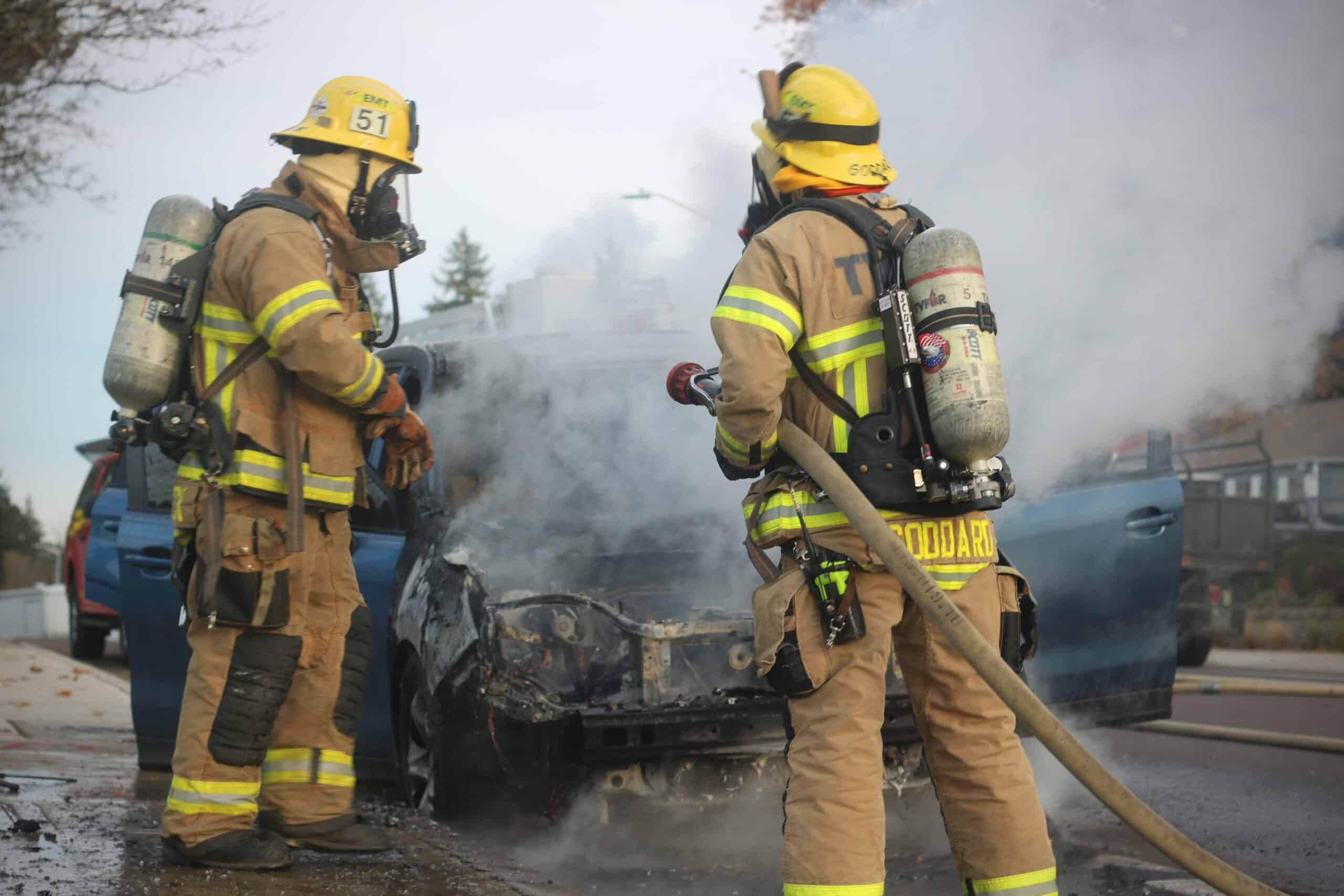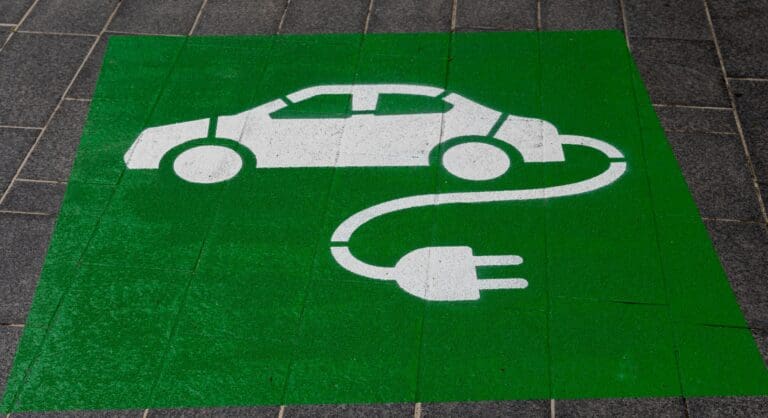Is there a greater risk of fire with an EV vs gas vehicles?

From the dawn of the automotive age, the risk of fire has been a constant concern for drivers and manufacturers alike. While gasoline-powered vehicles have long been associated with the potential for catastrophic fires, the advent of electric vehicles (EVs) has brought a new set of fire risks into focus. With their high-voltage batteries and advanced electrical systems, EVs offer a new frontier of safety challenges. In this article, we’ll explore the risks of fire associated with both EVs and gasoline-powered vehicles, and examine the measures that can be taken to mitigate these risks. Whether you’re a driver or a manufacturer, understanding these risks is crucial for ensuring the safety of everyone on the road. So, buckle up and get ready to explore the fiery world of EVs vs gas powered vehicles!
Historical data on automobile fires paints a grim picture. According to the National Fire Protection Association, an average of 152,000 automobile fires occurred each year between 2014 and 2018, resulting in an annual average of 209 deaths, 764 injuries, and $1.3 billion in property damage. While gasoline-powered vehicles have been the primary culprit behind these fires, the growing popularity of EVs has raised concerns about the potential for a new wave of fire risks.
And while EVs are often touted as safer than their gasoline-powered counterparts due to their lack of flammable liquids and gases, they do come with their own unique set of fire risks. EV batteries store a large amount of energy and can pose a fire risk if damaged or punctured, which can occur during a crash or other type of impacts. Moreover, the high-voltage electrical systems used in EVs can also pose a fire risk if they are not properly maintained or if they are damaged in a collision. As EVs become more popular, it’s important to understand the specific fire risks associated with these vehicles and how to prevent them.
Despite the potential for fire risks associated with EVs, it’s important to note that these risks are relatively low compared to the overall safety of these vehicles. In fact, the National Highway Traffic Safety Administration (NHTSA) has stated that EVs are no more or less likely to catch fire than gasoline-powered vehicles. Additionally, EV manufacturers have taken steps to ensure the safety of their vehicles, such as implementing sophisticated battery management systems and using materials that can resist damage and reduce the risk of fire.
What are some of the mitigation measures implemented by manufacturers?
Manufacturers have implemented a number of sophisticated battery management systems. These systems monitor the battery’s temperature, voltage, and other parameters to prevent overheating or overcharging, which can cause fires. Some EV manufacturers have also installed fire detection and suppression systems in their vehicles, which can detect and extinguish fires before they can spread.
In addition to battery management systems, manufacturers have also incorporated fire-resistant materials into the design of EVs. For example, some EV batteries are enclosed in a metal casing that can withstand impacts and protect the battery from damage. Additionally, some EV manufacturers use advanced materials, such as ceramics and composites, to create parts that are more resistant to fire and can help contain fires if they do occur.
IMPORTANT!
Here are some basic response steps you should take if your EV ever start smoking (God forbid).
- First off, it’s important to act quickly and safely to minimize the risk of injury or property damage.
- Pull over to a safe location: The driver should immediately pull the vehicle over to a safe location, such as the side of the road, and turn off the vehicle.
- Exit the vehicle: The driver and any passengers should exit the vehicle immediately and move at least 100 feet away from the vehicle to a safe location.
- Call for help: Once in a safe location, the driver should call 911 to report the fire and provide their location. They should also contact the vehicle manufacturer’s emergency response hotline, which can be found in the owner’s manual or on the manufacturer’s website.
- DO NOT ATTEMPT to extinguish the fire: EV fires can be difficult to extinguish, and attempting to do so can be dangerous. It’s best to leave the firefighting to trained professionals.
- Stay clear of the vehicle: The driver and passengers should stay away from the vehicle until emergency responders arrive on the scene. If the vehicle is on fire or there is a risk of explosion, bystanders should also stay clear of the area.
By following these steps, EV drivers can help ensure their safety in the event of a fire and help emergency responders quickly and effectively address the situation.
In Conclusion
While EVs do come with their own unique set of fire risks, as stated above, historical data and expert opinion suggests that they are no more or less likely to catch fire than their gasoline-powered counterparts. EV manufacturers have taken comprehensive steps to ensure the safety of their vehicles, such as implementing sophisticated battery management systems and using fire-resistant materials. As EVs continue to gain popularity, it’s likely that even more safety features will be developed to further reduce the risk of fires. Overall, the transition to EVs represents a significant step forward in terms of environmental sustainability and safety, and drivers can feel confident that they are making a safe and responsible choice when choosing an EV.





